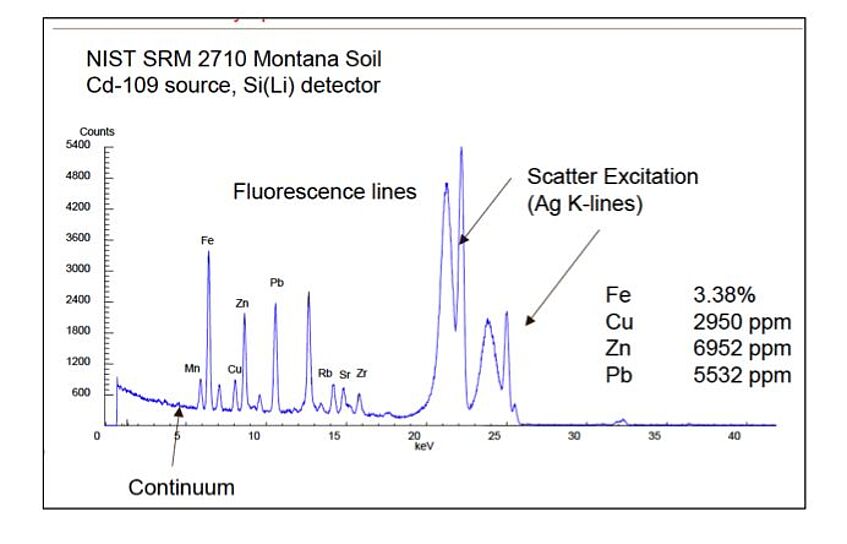X-ray spectrometry
Organizers: C. Streli (TU Wien, Austria), P. Wobrauschek (TU Wien, Austria)
Date: 15.-16.8. 2018
Venue: Atominstitut, Stadionallee 2, 1020 Vienna – see: ati.tuwien.ac.at/about_us/accessibility/EN/
Fee: 130 € (included: coffee during coffee breaks / lunch)
Thursday 15.8. Atominstitut lecture hall
Lectures
9:00 – 10:30: Tutorial : X-ray spectrometry – P.Wobrauschek
10:30 – 11:00: Tutorial: Quantification – P.Kregsamer
11:00 – 11:30: coffee break
11:30 – 13:00: special techniques ( TXRF, GIXRF, MicroXRF, SRXRF) – C.Streli
13:00 – 14:00: lunch break
14:00 – 14:30: Applications: cultural heritage – M.Griesser?
14:30 – 15:00: Applications: 2D elemental imaging of biol. Ma – A.Turyanskay
15:00 – 15:30: Applications: TXRF of environmental samples – J.Prost
15:30 – 16:00: Applications: GIXRF of ultrathin layers – D.Ingerle
16:00 – 16:30: Applications: SR-XRF + XANES – M.Radtke
16:30 – 17:00: coffee break
17:00-18:00 Poster session
Friday 16.8. Atominstitut X-ray labs
Hands-on training
MAXI – introduction to qualitative EDXRF
Epsilon 5 – standard EDXRF with secondary target
TXRF – quantitative analysis of liquid sample
Micro-XRF – 2 D imaging
Hand-held (borough from IAEA?)
Both beginners and experienced X-ray scientists and applicants, physicists and chemists, should gain information by attending the Satellite meeting. Presentations of most modern techniques and instrumentation for trace element analysis using EDXRS will be given. Physical methods to improve minimum detection limits in XRF by background reduction will be discussed; Special emphasis will be on Synchrotron radiation as excitation source. Introduction to total reflection XRF (TXRF) and actual instrumentation will show achievable advantages and results in terms of detection limits, sensitivities and detectable elemental range down to light elements ( eg.Carbon). Confocal µ-XRF will be presented as method for 2D and 3D spatial resolved elemental imaging. Applications from interesting scientific fields as environment, microelectronics, forensic, and life science will show the successful use of the importance of the various XRF spectrometric techniques.

